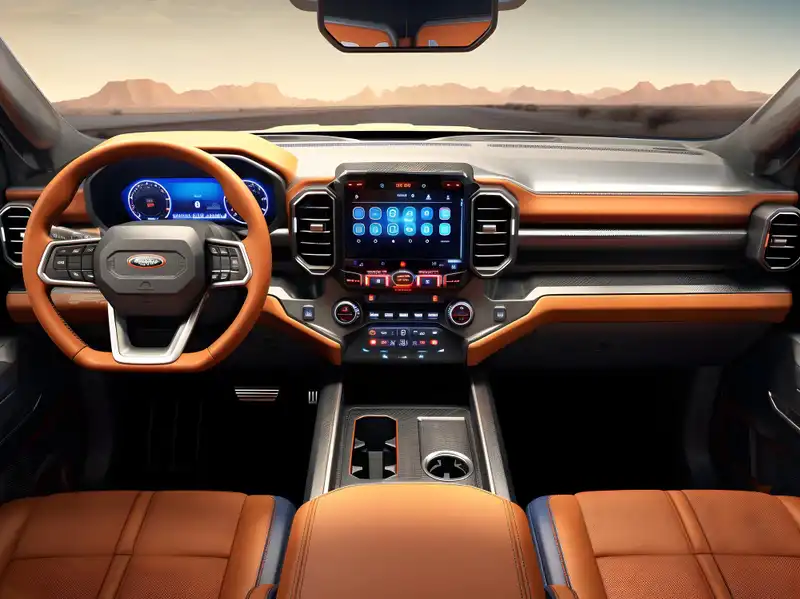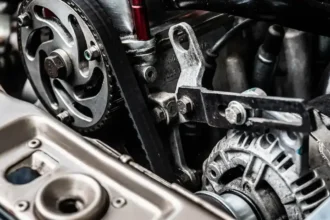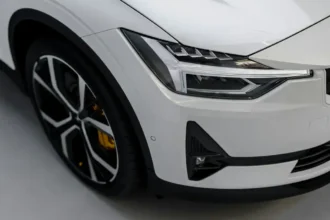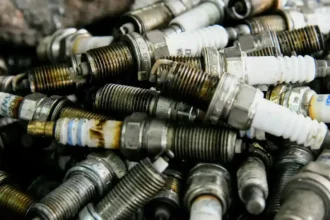Car’s Dashboard Warning Lights : Have you ever been driving, only to have an unfamiliar light pop up on your dashboard? It’s easy to panic or ignore it, but these warning lights are your car’s way of telling you something important. Whether it’s a minor issue or a sign that urgent car maintenance is needed, understanding your car’s dashboard warning lights can save you from costly repairs and even dangerous situations.
In this article, we’ll take a deep dive into the different warning lights on your dashboard, what they mean, and how you should respond. You’ll learn how to decode those often mysterious symbols, keep your car in top condition, and stay safe on the road.
What Are Dashboard Warning Lights?
Dashboard warning lights are your car’s way of communicating with you. When something goes wrong, these lights illuminate to alert you to potential problems. They vary in color and importance—red usually indicates a severe issue, while yellow or orange suggests caution.

These lights cover several systems, from engine troubles to safety features. Understanding the meaning of each light is crucial for proper car maintenance and avoiding bigger issues.
Why Do Dashboard Warning Lights Matter?
Ignoring warning lights can escalate minor problems into major failures, putting both your car and safety at risk. Dashboard lights also help with routine maintenance reminders, ensuring your vehicle is running smoothly.
Common Dashboard Warning Lights and What They Mean
Let’s break down some of the most common dashboard warning lights and what they indicate. Remember, the color of the light can hint at the severity of the problem.
| Warning Light | What It Means | What to Do |
|---|---|---|
| Check Engine Light | Indicates engine issues or emissions problems. | Stop driving, get a diagnostic test. |
| Battery Alert | Your battery is weak or there’s a charging issue. | Check the battery and alternator. |
| Oil Pressure Warning | Low oil levels or an issue with the oil pump. | Check oil levels; add oil if needed. |
| Brake System Warning | Potential brake system issue, low brake fluid. | Check fluid, get brakes inspected immediately. |
| Tire Pressure Warning | Tire pressure is too low. | Check tires, inflate to recommended pressure. |
| Temperature Warning Light | Engine is overheating. | Pull over, allow engine to cool, check coolant. |
| ABS Light | Issue with the Anti-lock Braking System. | Drive with caution, get it inspected soon. |
| Airbag Warning Light | Airbag system malfunction. | Have the airbag system inspected immediately. |
How to Respond When a Warning Light Appears
- Stay Calm: Avoid panicking, especially if the light isn’t red.
- Assess the Situation: Check for any strange sounds, smells, or unusual handling.
- Pull Over if Needed: For red lights, safely pull over and stop driving.
- Consult the Manual: Your car’s manual will offer guidance on what each light means.
- Schedule Maintenance: If the light remains on after restarting, contact a professional for further diagnosis.
Essential Car Maintenance to Avoid Warning Lights
To reduce the likelihood of seeing those dreaded dashboard warning lights, regular car maintenance is crucial. Here’s how to stay on top of things:
- Check oil levels regularly: Low oil levels are a common cause of dashboard lights. Make sure your engine is properly lubricated.
- Monitor tire pressure: Proper tire inflation not only helps avoid warning lights but also improves gas mileage and tire longevity.
- Battery and alternator checks: Ensure your car’s electrical system is in good working order to avoid sudden battery failure.
- Brake system inspections: Regularly inspect your brake fluid and pads to keep your braking system functioning properly.
Conclusion
Your dashboard warning lights are there for a reason—they’re designed to keep you and your car safe. Ignoring a warning light can lead to costly repairs, reduced performance, or even a dangerous breakdown on the road. The key to effective car maintenance is recognizing what these lights mean and addressing them promptly.
By learning the different dashboard warning lights, you’ll be better equipped to handle issues as they arise. Remember, when in doubt, consult your owner’s manual or take your car to a trusted mechanic for a thorough inspection.
Stay proactive, stay safe, and keep your car in top shape!








